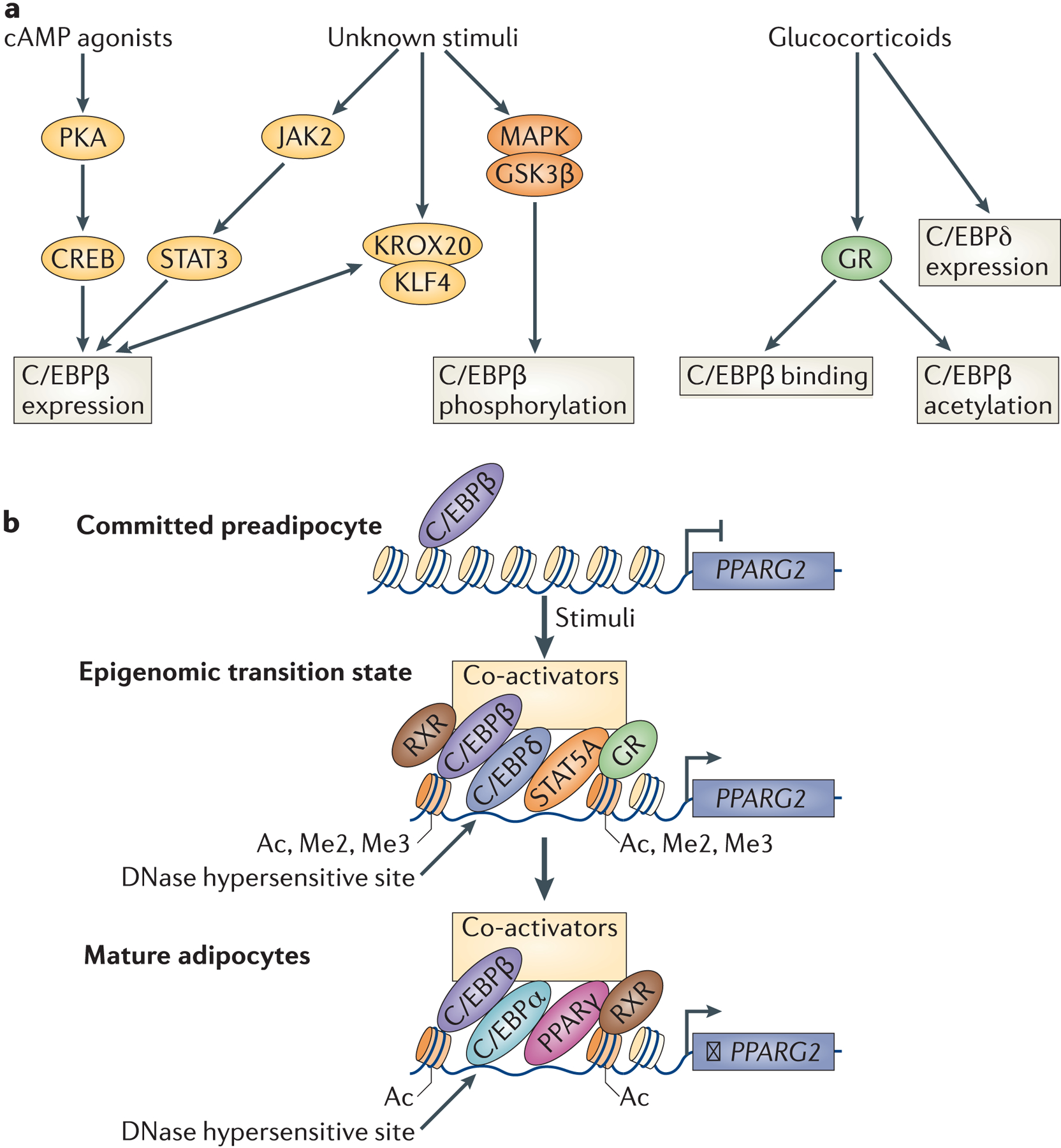Figure 5: Activation of C/EBPs and PPARγ during terminal differentiation.

a | C/EBP activation by adipogenic stimuli. Glucocorticoids and cAMP agonists are common components of the adipogenic stimuli used to promote adipogenesis in both MSCs and committed preadipocytes. Experiments adding these compounds individually have elucidated some of the mechanisms through which C/EBPs, especially C/EBPβ, are induced during adipogenesis. C/EBPβ and C/EBPδ expression is induced upon addition of these adipogenic stimuli. C/EBPβ activity and binding are also regulated independently of its levels by glucocorticoids. In addition, C/EBPβ expression and phosphorylation are regulated by unknown components of the adipogenic cocktail, which may include insulin, growth hormone or BMPs. b | Recruitment of the transcription activation complex to PPARγ. Schematic of the recruitment of transcription factors to the PPARγ locus during adipogenesis. In preadipocytes, PPARγ enhancer regions are occupied by C/EBPβ and C/EBPδ, but are not accessible. Upon addition of adipogenic stimuli, levels of these transcription factors increase and lead to the recruitment of a transcriptional activation complex, including the transcription factors GR, STAT5a and RXR and a co-activator complex. These ‘hotspots’ are also marked by an increase in DNAse I hypersensitivity and activating histone marks. Once PPARγ is robustly activated in differentiation, it can auto-regulate its expression in cooperation with C/EBPα and C/EBPβ.
